This project was carried out with the invaluable collaboration of

and

please see a full listing of all contributors at the bottom of this post
Project Outline
With the CoVid19 pandemic hitting South Africa hard and starting to take root in the Eastern Cape, a student-run start-up, Hedge-SA, took the initiative to join the Emergency Ventilator Response Team, a consortium formed to provide solutions in response to the COVID-19 pandemic. Their first mission was to create a low cost, easy-to-manufacture, automated resuscitator to help meet the growing demands of the coronavirus pandemic ventilator shortage.
HedgeSA have developed the low cost, non-invasive, easy-to-use, portable Salutaris ventilator that targets pre-ICU patients with breathing difficulties. The ventilator is named ‘Salutaris’ which is Latin for life-giving. The initial conceptual design was derived from MIT’s open-source E-vent emergency ventilator.
To-date, there have been 6 revisions to the original prototype, with the most recent undergoing a medical device assessment by a General Practitioner who has more than 30 years of anesthetics experience. The outcome of this assessment was very positive.
HedgeSA have also submitted a proposal to the COVID 19 Agile support team. This initiative consists of a voluntary South African working group who are collaborating to facilitate and fast-track product solutions that will be used in the fight against the Covid-19 pandemic.
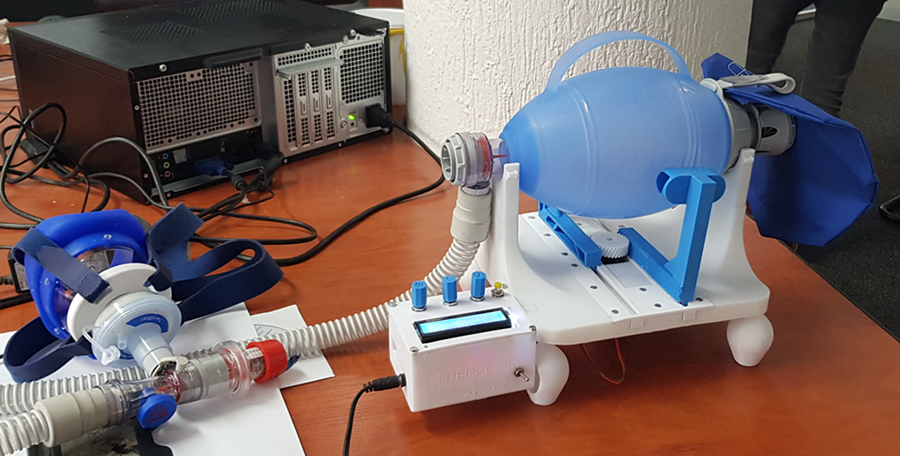
The Team
The Hedge SA start-up was initially founded by Electrical Engineering students, Zain Imran and Neo Mabunda, while both were completing their Work-Integrated-Learning internship at Propella, the NMU's Incubator. The company started when they identified a market for smart water meters and water quality monitoring devices and so the company was initially formed to develop the product.
Once the Ventilator project became a priority, Zaahid Imran and Kelvin Langwani also came on board, providing the team with three Electrical and one Mechanical Engineer to cover all tasks.

|
Zain Imran |
Zain is an Electrical Engineering student specializing in embedded systems as well as an entrepreneur. He is completing his final semester at NMU and has worked on multiple projects including smart water metering and quality devices as well as asset and human tracking devices. He has previously worked in industrial environments maintaining and repairing ladder systems, pneumatics systems and automating manufacturing processes. He is working as an Embedded Systems Engineer at Hedge SA which he and his Partner founded.
|

|
Neo Mabunda |
Neo is an entrepreneur, technologist and investor and a HedgeSA Director. He studied Electrical and Electronics Engineering at the NMU with focus on Industry Automation systems. He spent 6 months at the VWSA TLA to gain work experience, and is presently contracted at VWSA Component Plant as an Electronic Technician trainee where he operates and maintains Siemens S5 & S7 PLCs, Motoman & Kuka robots, CO2, TIG and resistance robot welding systems, robot sealer applications and fault finding of general electrical systems.
|

|
Kelvin Langwani |
Kelvin is a final year Electrical Engineering student at Nelson Mandela University with focus on Industrial Automation. He was contracted by Tofaa Ltd, an incubate at propella business incubator, in order to complete his electrical and electronic practical training. He is currently left with 1 month of practical training after going through 11 months with Tofaa. His duties include schematic design, PCB design, embedded systems, fault finding of general electrical systems, wiring and graphic design.
|

|
Zaahid Imran |
Zaahid is currently completing final year of BTech Mechanical Engineering with intention moving on to a Masters at the end of this year. He has been working at the Advanced Engineering Design Group (AEDG) for the past year and a half and is now Team Leader, where his focus is on designing for additive manufacturing, light-weighting and optimization - some of his designs have won prizes at Technical Conferences. He is also part of the Hedge-SA team as Mechanical Design Engineer whilst he also has a 3D Printing and Part Design business known as 3Z3D Printing, running in the background.
|
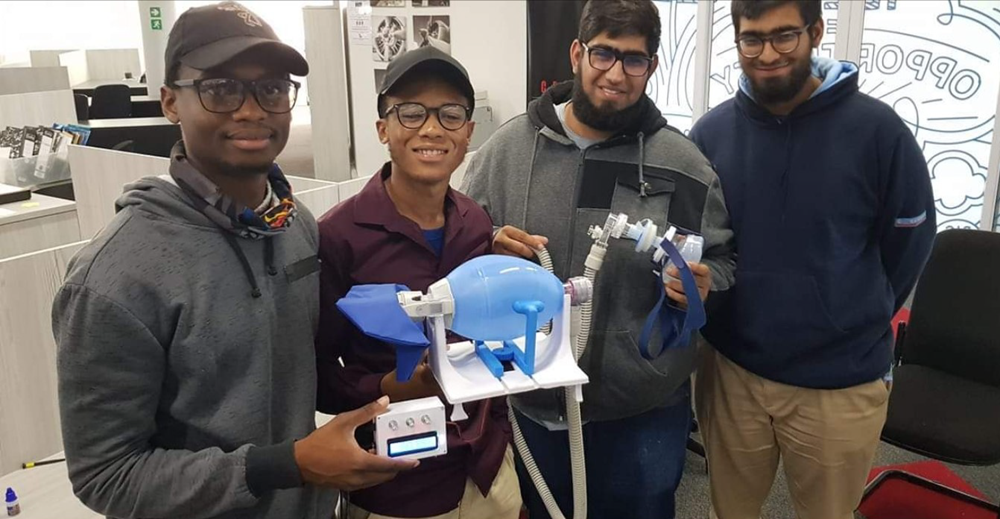
The Initial Project
The Bag Valve Mask (BVM) ventilator project started on the 22 March 2020 - the Hedge-SA team initially based the project on an open-source MIT research project on low cost mechanical ventilators. The project was initiated after realizing that there would be an extreme shortage of mechanical ventilators during the COVID-19 pandemic.
The ventilator is based on an already existing BVM platform that meets clinical requirements for a medical respiratory device. The initial strategy was one of automating the procedure of compression that satisfied the need for low-cost mechanical ventilation...this was tied in with the ability for it to be rapidly manufactured at scale, deployed quickly whilst being orders of magnitude cheaper thanthe conventional ventilator.
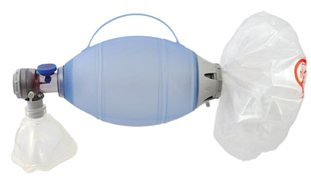 A bag valve mask (BVM), sometimes known by the proprietary name Ambu Bag or generically as a manual resuscitator or "self-inflating bag", is a hand-held device commonly used to provide positive pressure ventilation to patients who are not breathing or not breathing adequately. The device is a required part of resuscitation kits for trained professionals in out-of-hospital settings (such as ambulance crews) and is also frequently used in hospitals as part of standard equipment found in emergency rooms or other critical care settings.
A bag valve mask (BVM), sometimes known by the proprietary name Ambu Bag or generically as a manual resuscitator or "self-inflating bag", is a hand-held device commonly used to provide positive pressure ventilation to patients who are not breathing or not breathing adequately. The device is a required part of resuscitation kits for trained professionals in out-of-hospital settings (such as ambulance crews) and is also frequently used in hospitals as part of standard equipment found in emergency rooms or other critical care settings.
The BVM consists of a flexible air chamber (the "bag"), attached to a face mask via a shutter valve. When the face mask is properly applied and the "bag" is squeezed, the device forces air through into the patient's lungs; when the bag is released, it self-inflates from its other end, drawing in either ambient air or a low pressure oxygen flow supplied by a regulated cylinder, while also allowing the patient's lungs to deflate to the ambient environment (not the bag) past the one way valve.
MIT Open Source Ventilator
The MIT open source research project studied if it was possible to safely ventilate a Covid19 patient through the actuation of a manual resuscitator. Their process to the question was to identify important clinical requirements that make up a ventilator in accordance to ISO 80601-2-79:2018 of Medical Electrical Equipment.
Their clinical research successfully identified Respiratory rate, Tidal Volume, I/E ratio, Trigger sensitivity, continuous airway pressure monitoring, plateau pressure, Peep and failure alarms as the main parameters required to be met by the low cost unit to achieve safe ventilation with maximum efficacy.
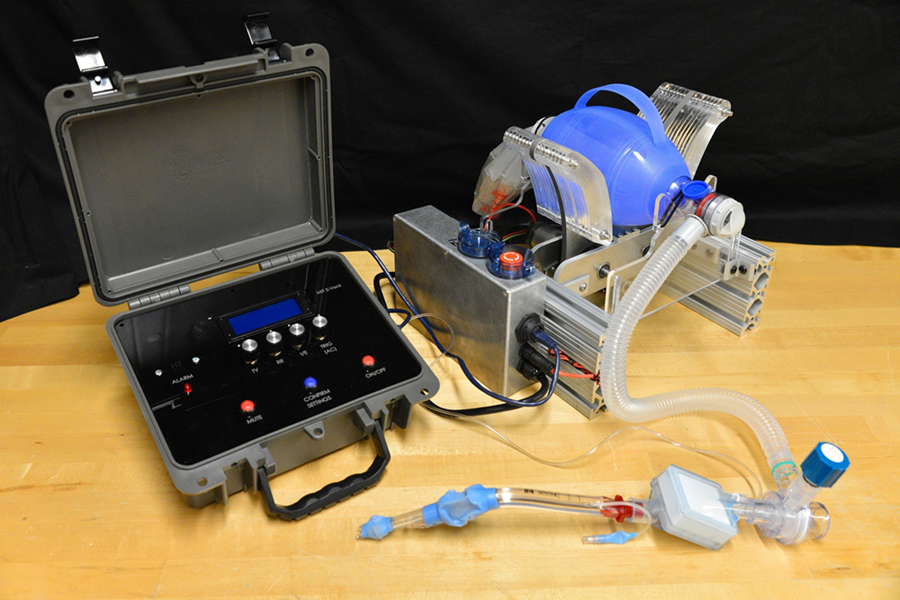
Why Salutaris?

The name Salutaris appropriately means Life Saving in Latin and was suggested by Propella's Senior Industrial Advisor, Grant Minnie at the intiation of the project.
The objectives of the Salutaris ventilator include the following:
-
Low cost of manufacture (other units go for $300 or more)
-
Automated
-
Portable (can function on AC and DC)
-
Easy to assemble
-
Easy to use
-
Easy to maintain
-
Measures important clinical parameters
-
Compact and lightweight
-
Aesthetically pleasing
The Current Prototype
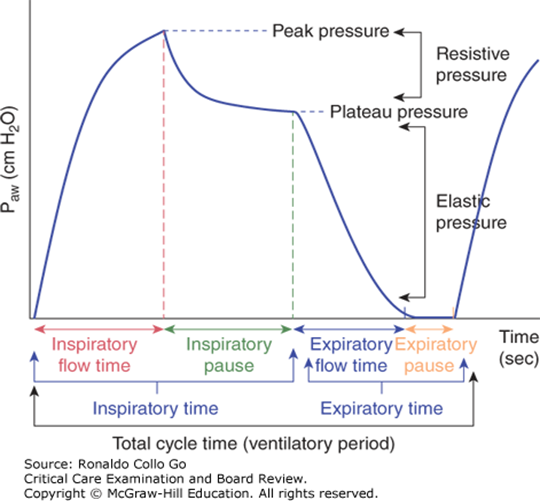 The device is intended to fill the urgent need for a low-cost non-invasive ventilator for less serious cases, in order to help free up the expensive units used in intensive care units for those in urgent need of advanced care.
The device is intended to fill the urgent need for a low-cost non-invasive ventilator for less serious cases, in order to help free up the expensive units used in intensive care units for those in urgent need of advanced care.
Based on the MIT open source clinical findings and best practices, the team initially mapped out a pathway in achieving the ventilation requirements with already existing equipment and hardware components.
A high Level Inspiration/expiration diagram was used to further formulate the firmware/controls for the Salutaris.
HedgeSA have to date developed the low cost, non-invasive, easy-to-use, portable Salutaris ventilator that targets preICU patients with breathing difficulties.
So far, there have been 6 revisions to the original prototype, with the most recent undergoing a medical device assessment by a General practitioner who has more than 30 years of anesthetics experience.
The outcome of this assessment was very positive. HedgeSA have also submitted a proposal to the COVID 19 Agile support team. This initiative consists of a voluntary South African working group who are collaborating to facilitate and fast-track product solutions that will be used in the fight against the Covid-19 pandemic.
The COVID 19 initiative incorporates a 5-step process that includes:
-
Step 1 – project submission
-
Step 2 – A feasibility assessment of the product / idea
-
Step 3 – Analysis of product maturity stage and industrialisation
-
Step 4 – Identification of funding sources
-
Step 5 – Approval of funding sources and resources
HedgeSA scored an excellent 87% for Step 2 (feasibility assessment) and has completed Step 3, demonstrating advanced product maturity. A budget for pre-commercialization has also been submitted.
The current Salutaris ventilator exists as a CPAP+ device in that it more than meets CPAP requirements and functionality - the next step will be to adapt the current design (July 2020) to a fully functional and operational BPAP device.
merSETA Funding
 From the above, it is clear that that the project is far down the road towards finalising the development of a ventilator that is a level above that of CPAP machines, which the National Ventilator programme (NVP) subscribes to.
From the above, it is clear that that the project is far down the road towards finalising the development of a ventilator that is a level above that of CPAP machines, which the National Ventilator programme (NVP) subscribes to.
The current Salutaris design is a non-invasive ventilator, but there is a new call by the NVP for an invasive ventilator. Given where Salutaris currently is, there is significant scope to get it to the more advanced invasive ventilator stage via several levels of sophistication iro research and development.
Salutaris has already been featured on SABC News as well as very many social media postings, such has been the level of interest in the product.
To achieve this, the NMU's Advanced Engineering Design Group (AEDG) applied for funding from merSETA in May 2020 as part of merSETA's NVP response. The aim of the funding was to provide continuity to the current HedgeSA design and to take the curent Salutaris design to a new level of sophistication as a fully functioning BPAP device.
The function of the AEDG is to further support the Hedge SA team going forward iro developing their IP so this can reach the levels of sophistication planned for, and that this product can truly become a South African product to be proud of and which can be manufactured for both local and international use wherever needed.
The entire team received the wonderful & welcome news from merSETA in July 2020 that the funding had been approved, and now are in full preparation for the second major phase of this outstanding project.
The Way Forward
This project was then handed over to the
AEDG Team in January 2021 for further design development up to a full BiPAP ventilator capability - the story of that design progress can be found in this link.